Reykjavik is often the main landing point for a trip to Iceland. It’s the last touch of urban life before venturing into the island’s deep and extraordinary wilderness. The temptation is often to skip right past it to dive into the raw beauty of the Nordic environment. That would be a mistake! Thriving, lively, quirky, and full of charm, the northernmost capital offers a burst of excitement through a wide range of places to explore. And honestly, there are so many that we’re glad to have this little “Tips” section. To make things easier for you, here’s a selection of unmissable attractions, starting from downtown Reykjavik and branching out into the wild.
Let’s begin with the unmissable Saga Museum, where key events from Iceland’s past and its people come to life through incredibly lifelike wax figures. From fierce Viking ancestors like Ingolfur Arnarson, to relentless natural disasters
and the arrival of the Black Death, you quickly understand the strong and resilient spirit of Iceland’s locals.
Tradition, craftsmanship and heritage
Between history and culture, there’s only a small step, and from the Saga Museum to our next stop, it’s just a 900-meter walk. The setting is completely different, but the immersion is just as intense. Forget wax figures—at Kolaportið, it’s real people in the flesh who will offer you a truly unique experience: exploring the country’s only flea market. Truth be told, we hope you’ve still got a few coins in your wallet, because you can find almost anything here at a fair price. With a little luck, your perfect Icelandic souvenir is hidden among these stalls. Maybe a beautifully knitted Icelandic sweater to flaunt over the holidays, or some local delicacies to enjoy and share. Just keep in mind, this unique stop is only open on weekends.
A thirst for knowledge
Now we move slowly but surely through the center and along the edge of Lake Tjörnin, to arrive at the doors of the National Museum of Iceland. Skipping the country’s main institution for learning about 1,200 years of Icelandic art and history was never an option. From the time of colonization to recent decades, over 2,000 objects and artworks have been carefully preserved and are now on display daily. Viking horns sit next to ritual masks, and the vibrant colors of medieval stained glass rival those of modern photography. In short, there’s no better way to get up close to Icelandic culture.
A quick trip further out
What if we now step a little farther away? Expanding our scope beyond Reykjavik’s core, there are still more discoveries waiting. On land, there’s Perlan—“the pearl” in French—which certainly lives up to its name and can be spotted from afar thanks to its 25-meter height. Once used to store geothermal hot water, this structure is now a cutting-edge museum and exhibition center. In a fun and interactive way, both kids and adults can learn loads about Iceland’s natural wonders: volcanoes, geothermal energy, northern lights, glaciers, and more. Bonus: the fourth floor has a panoramic terrace, and the top level houses a planetarium and a large restaurant.
On my boat
Just off the city’s coast lies Viðey Island. Reachable by boat daily in summer and only on weekends in winter, this patch of land offers a tranquil and wild escape for lovers of history and culture. There are no residents here, but you’ll find colonial-era ruins and historic buildings that have stood the test of time. In addition, two major art installations bring the island to life: Richard Serra’s “Milestone Project” and, more recently, Yoko Ono’s Imagine Peace Tower. At certain times of the year, the tower beams light into the night sky to share John Lennon’s message of peace.
Mother Nature
And here it is—the peak of the journey. Goodbye city, hello fresh air. Just an hour from Reykjavik, between moss-covered lava fields, you’ll find Iceland’s most surreal natural wonders. Black sand beaches, lakes in otherworldly hues, and geothermal hotspots—you’ll need to watch your step and stay alert. Among these jaw-dropping sites, a few absolutely must be on your list. Take note!
- First, there’s the Blue Lagoon. No, it’s not a cocktail, but a geothermal spa with warm, milky-blue waters that feel almost natural. And yes, it’s true—Icelanders love to bathe. And when it’s 0°C outside and 38°C in the water, who wouldn’t? Add in the widely known skincare benefits, and even the most hesitant visitors are quickly convinced.
- In Iceland, nearly everyone knows the Golden Circle. Behind this magical name are three incredible natural landmarks worth exploring in a single day. Thingvellir National Park, the Geysir geothermal area, and Gullfoss waterfall are each amazing in their own way. Thingvellir, with its dramatic geology and rich thousand-year-old history, is a UNESCO World Heritage Site. Geysir is famous for its two geysers, one of which dates back around 10,000 years. Their eruptions are unpredictable in length and power—and that’s what makes them so thrilling to watch. Finally, Gullfoss is one of Iceland’s most awe-inspiring waterfalls, plunging in two majestic drops, each 32 meters high. The view, and the sheer force of the water, will leave you speechless.
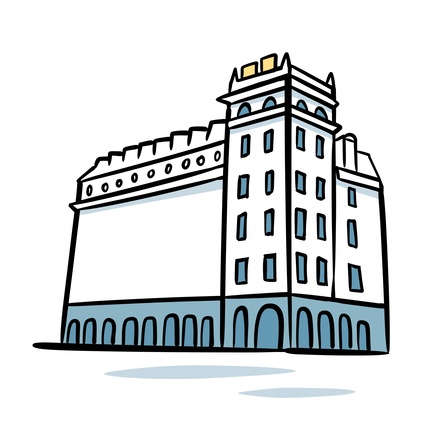
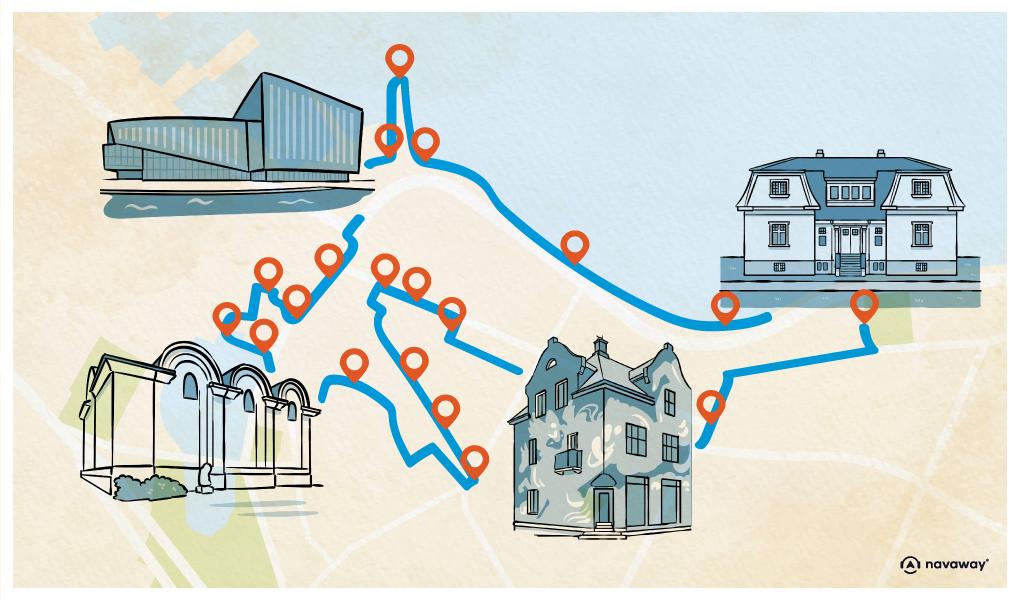
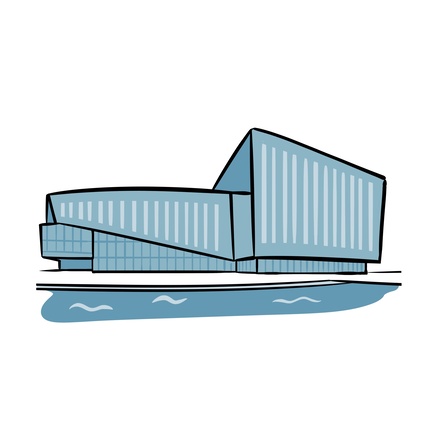
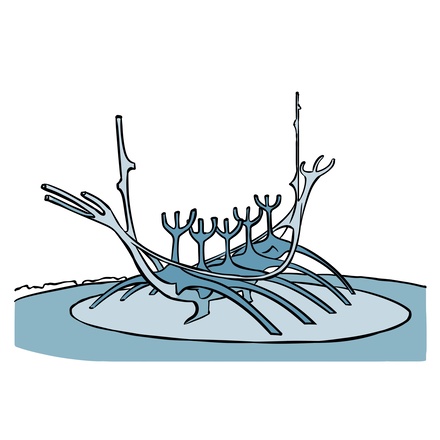
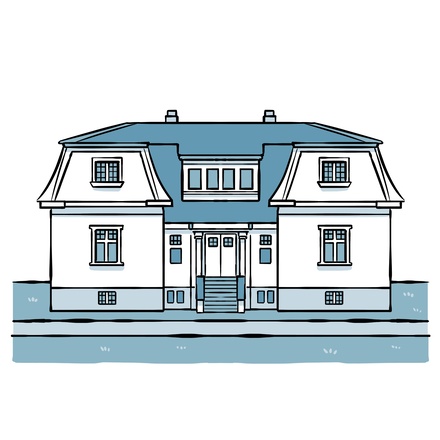
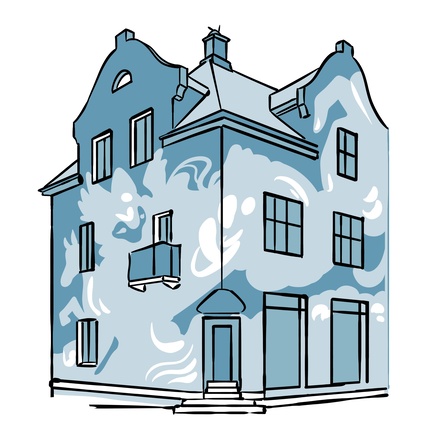


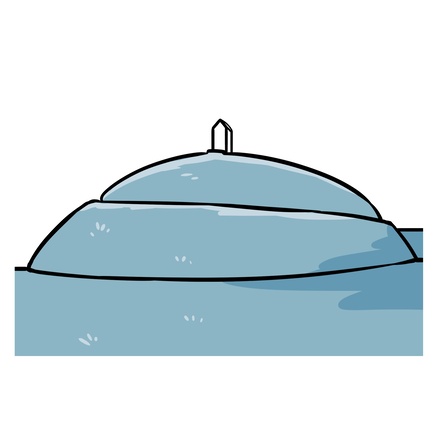
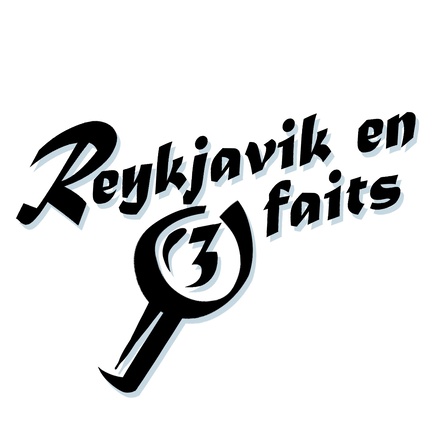
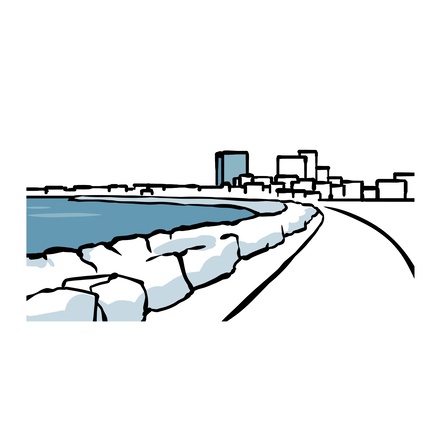
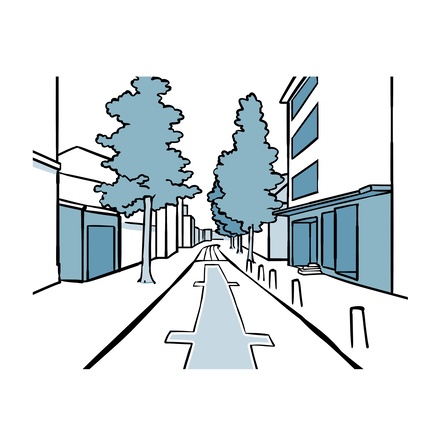


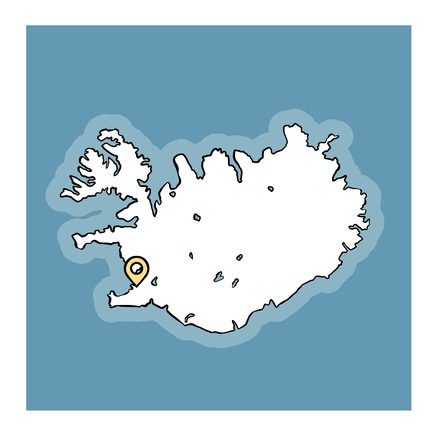
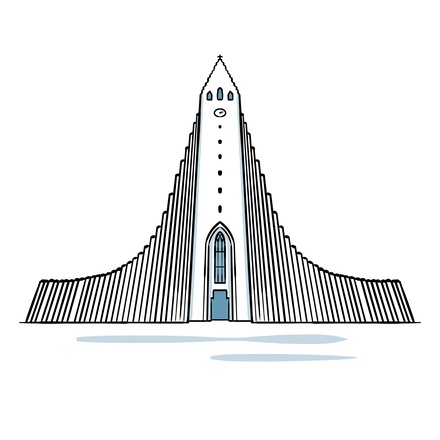





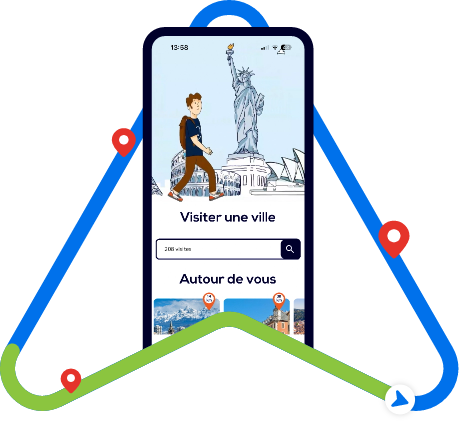
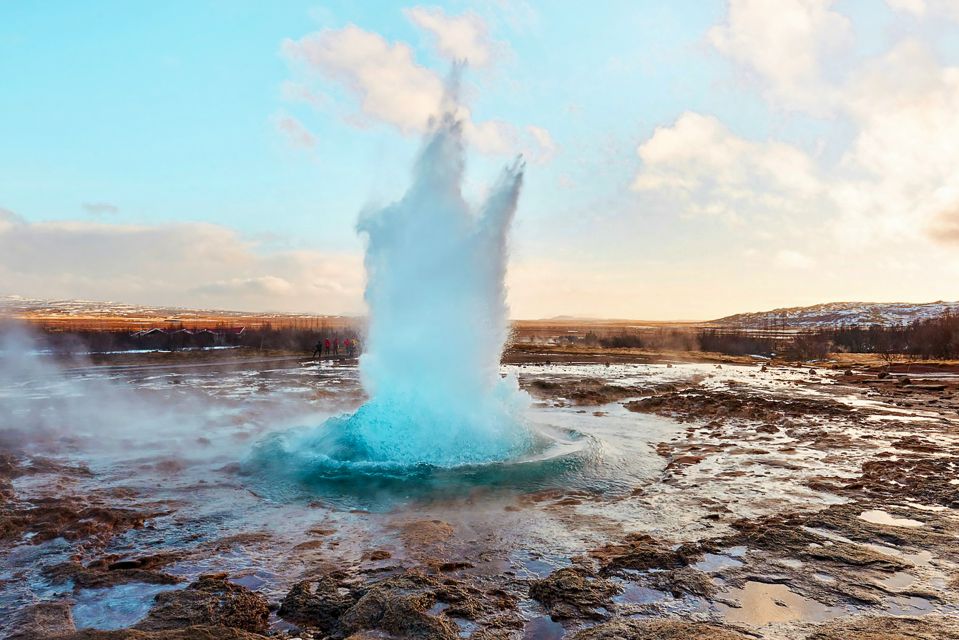
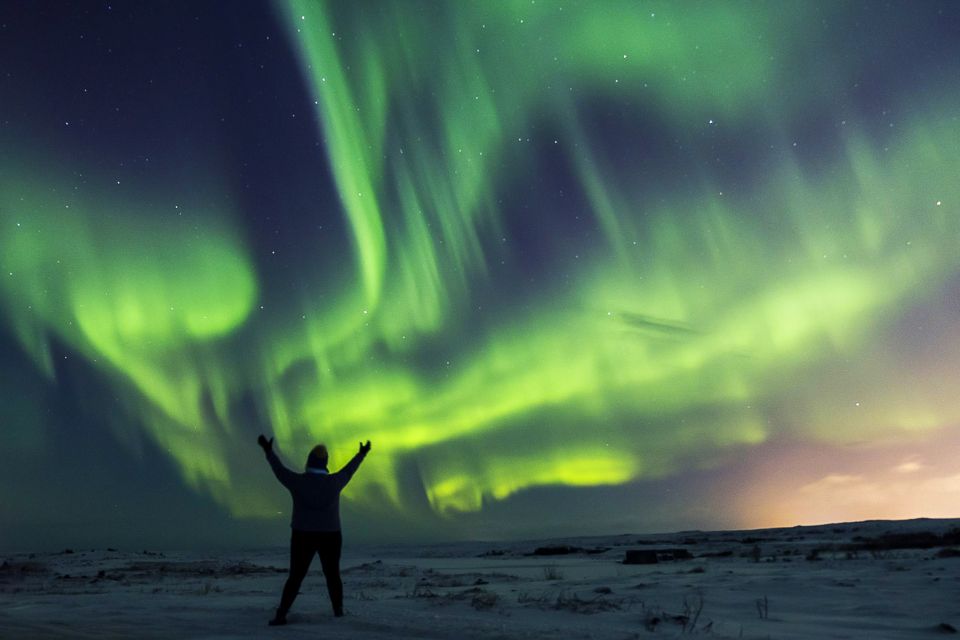
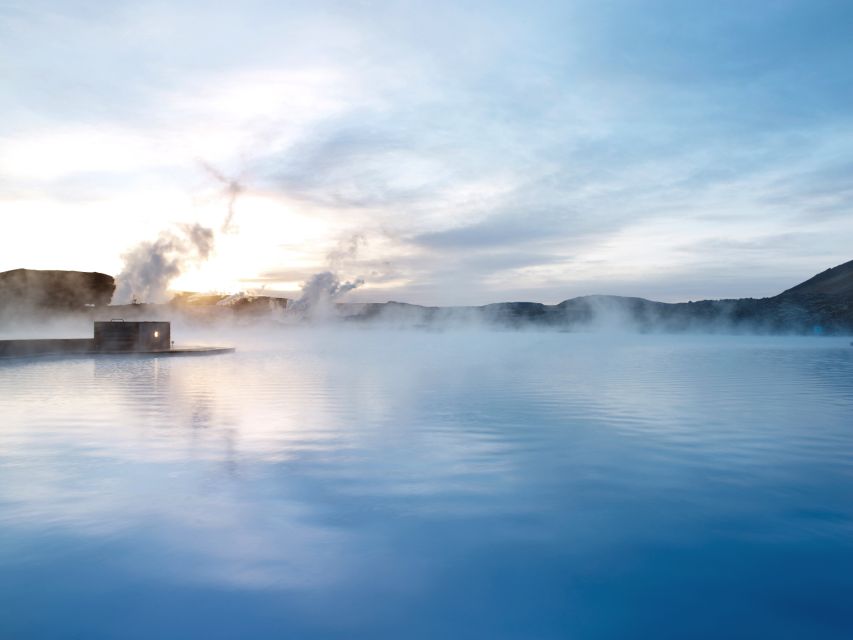
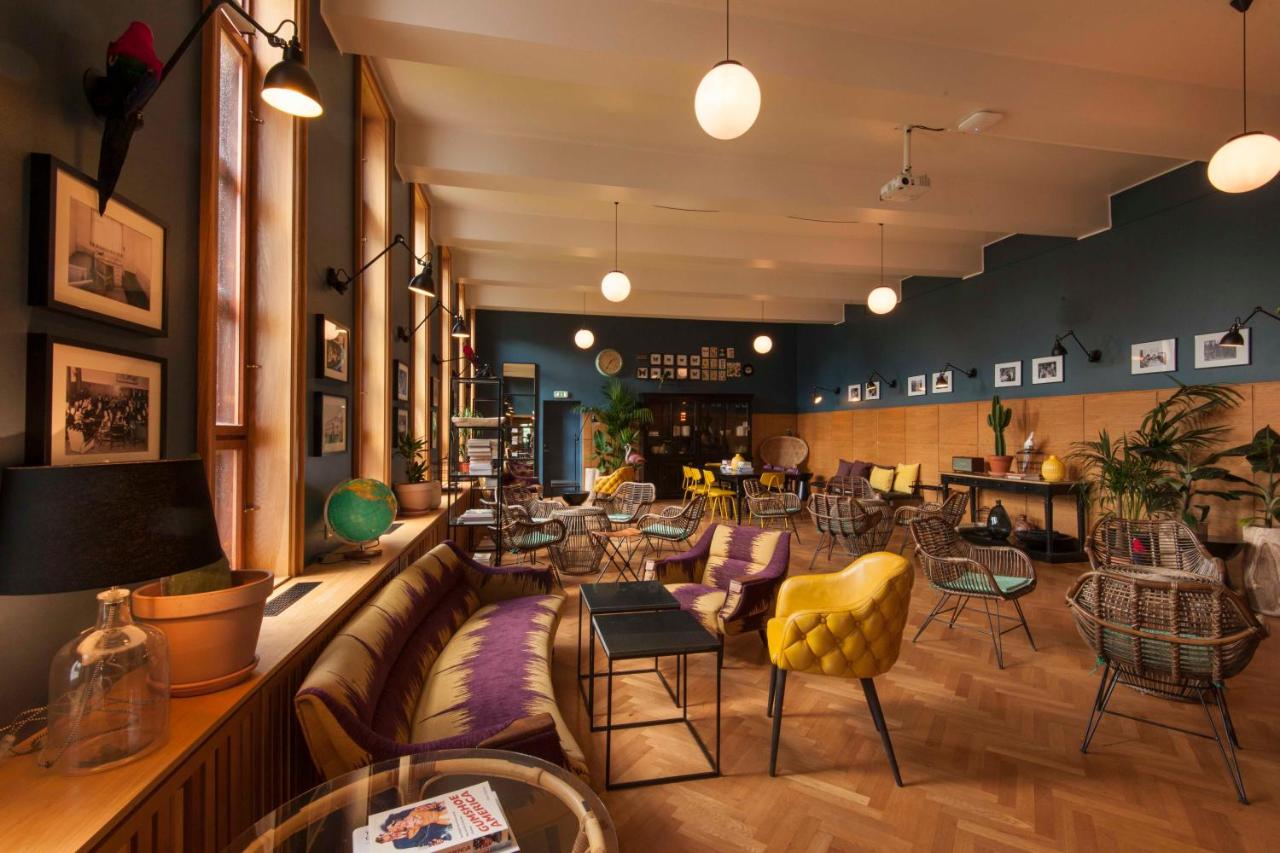
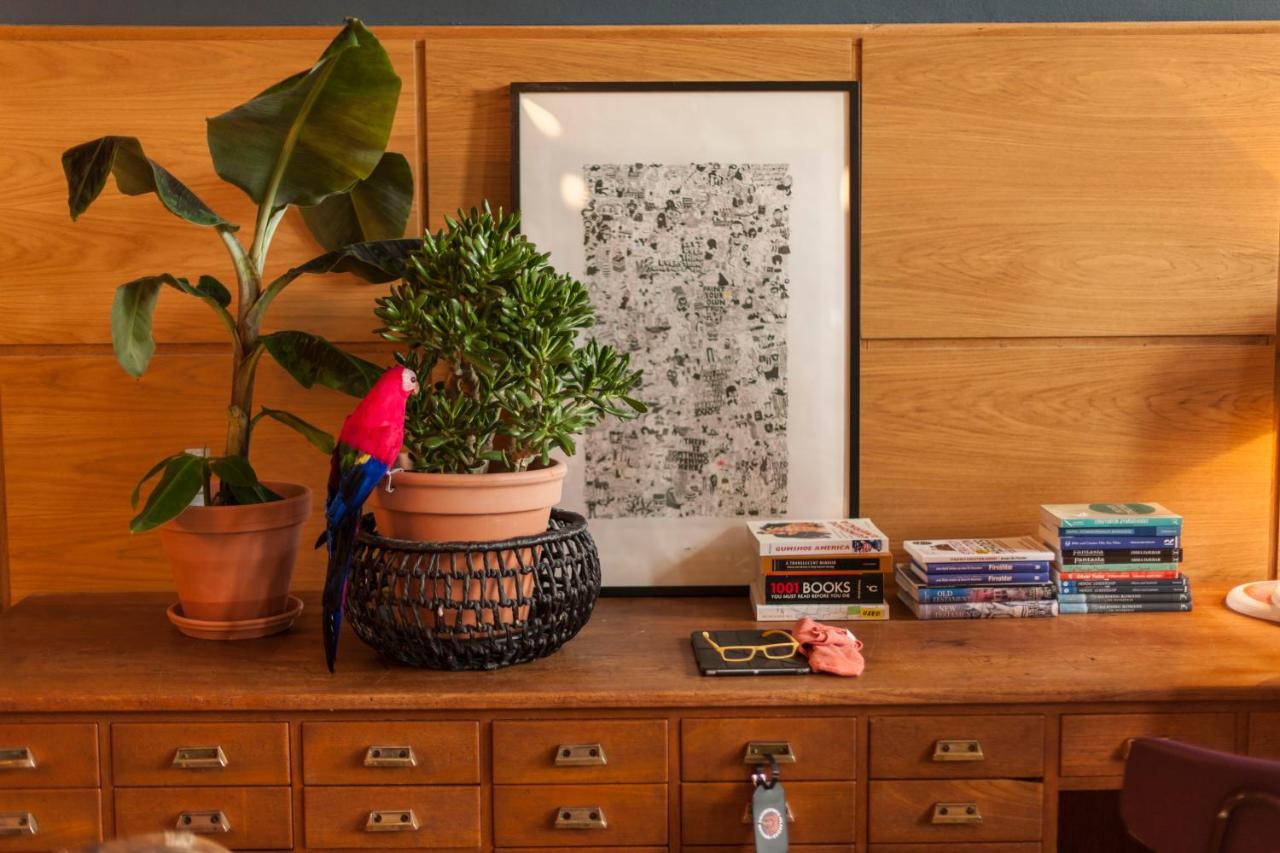
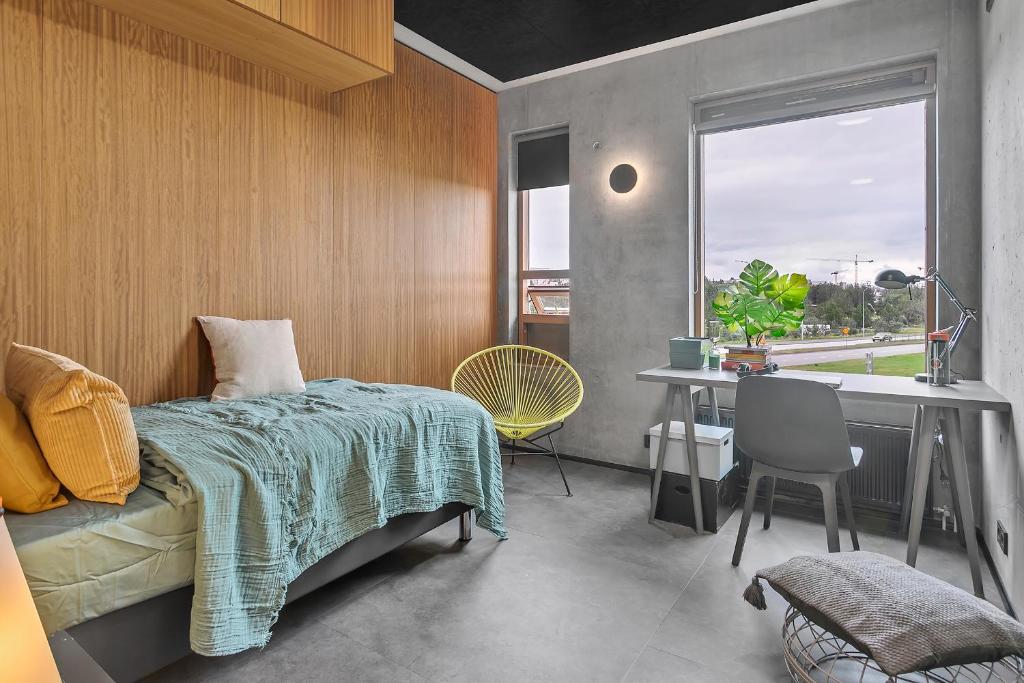
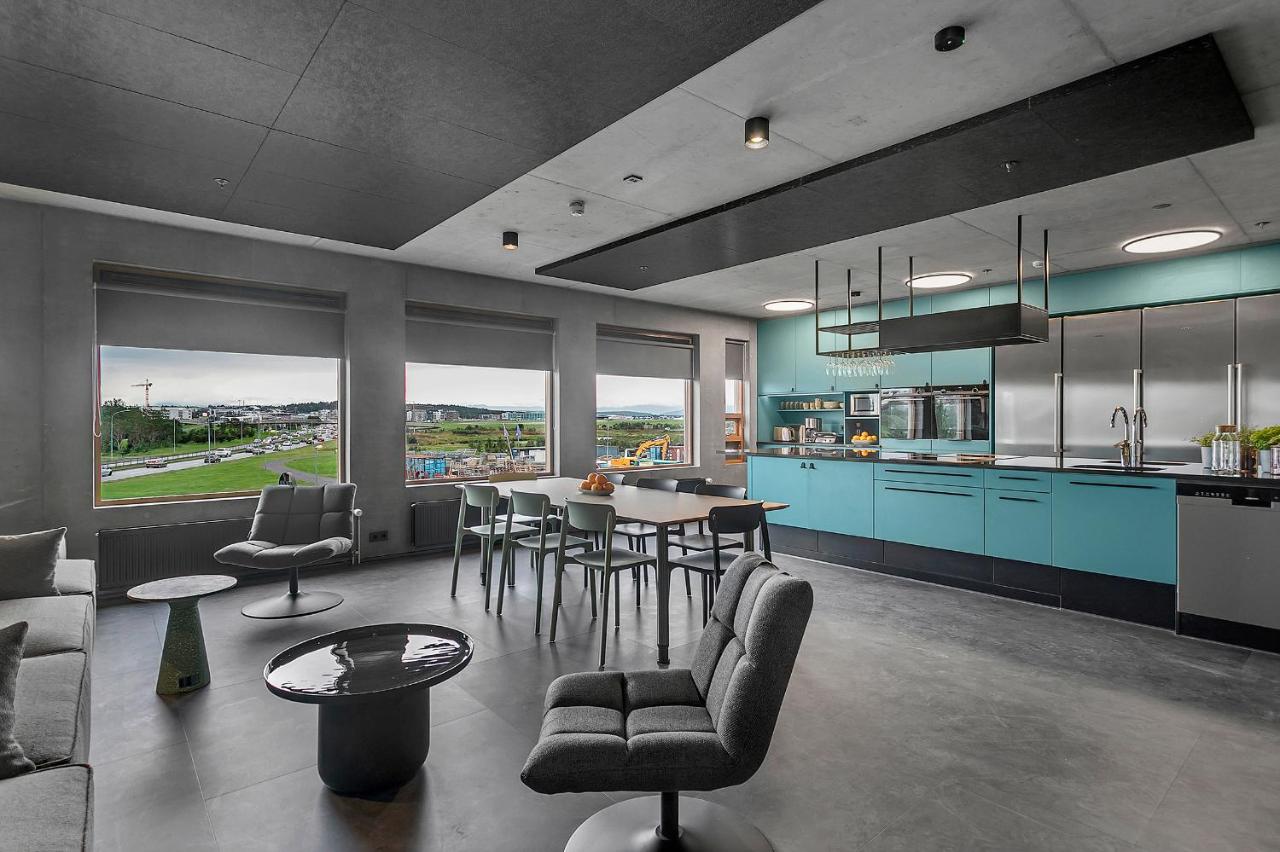
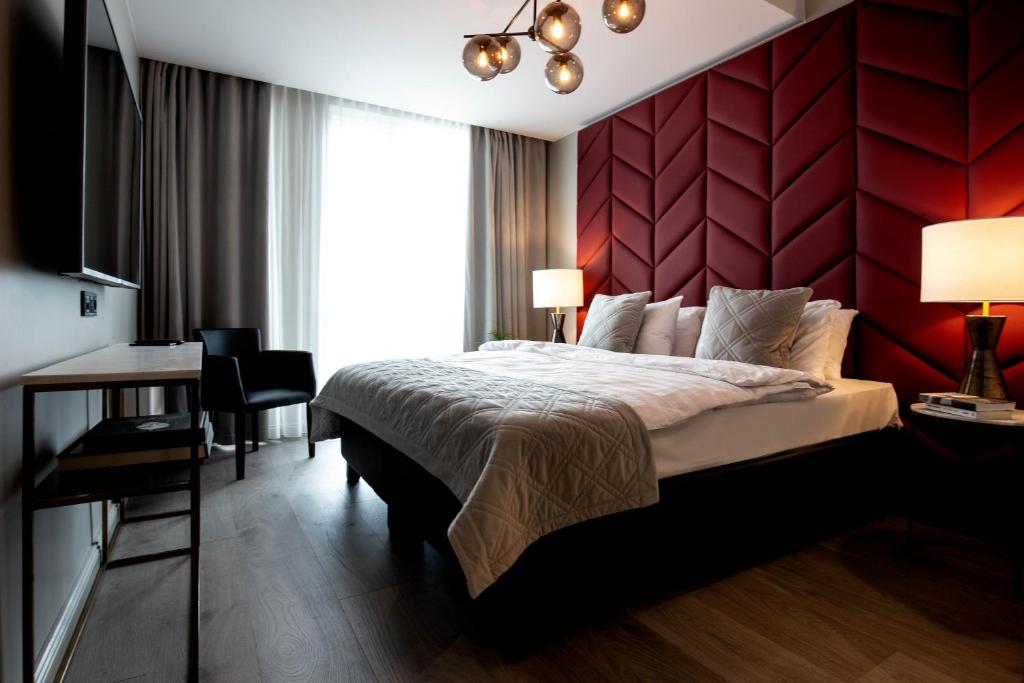
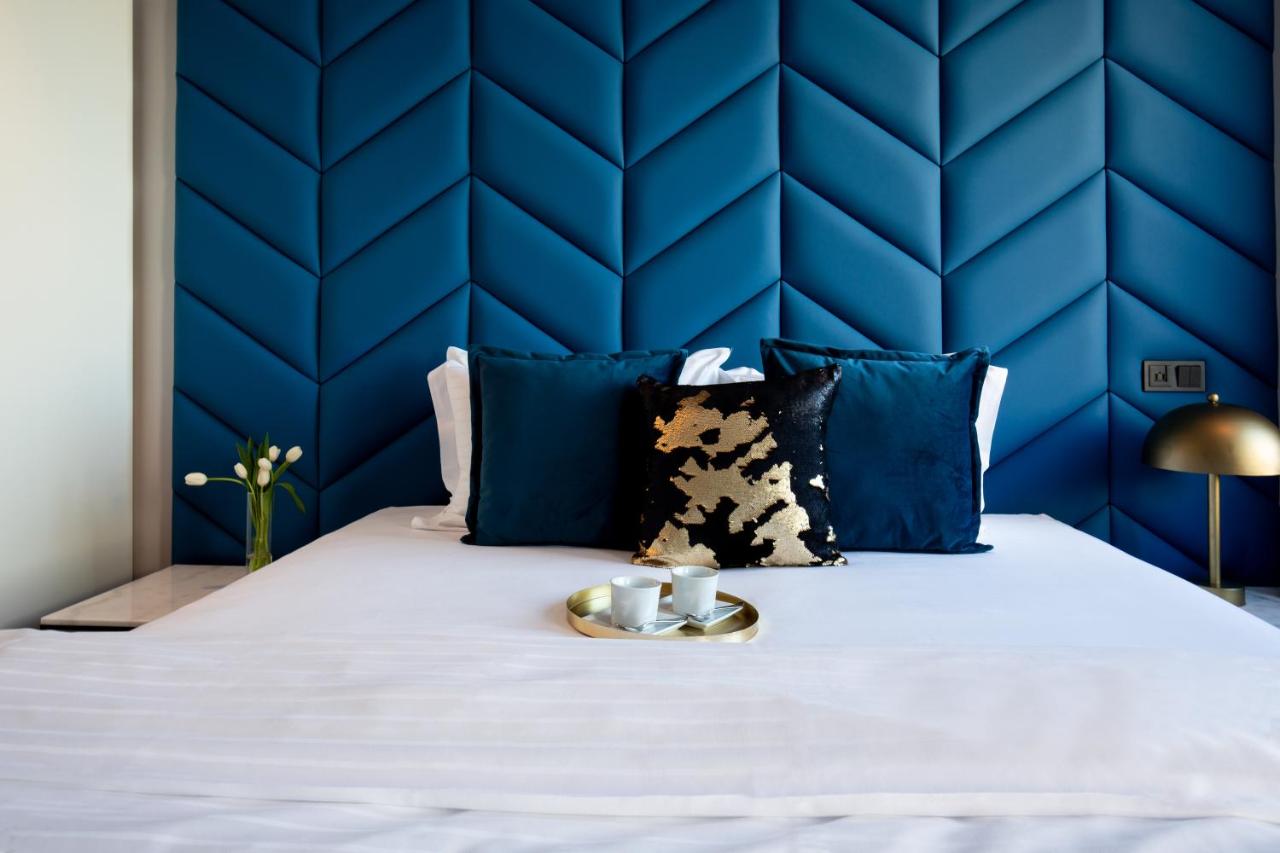
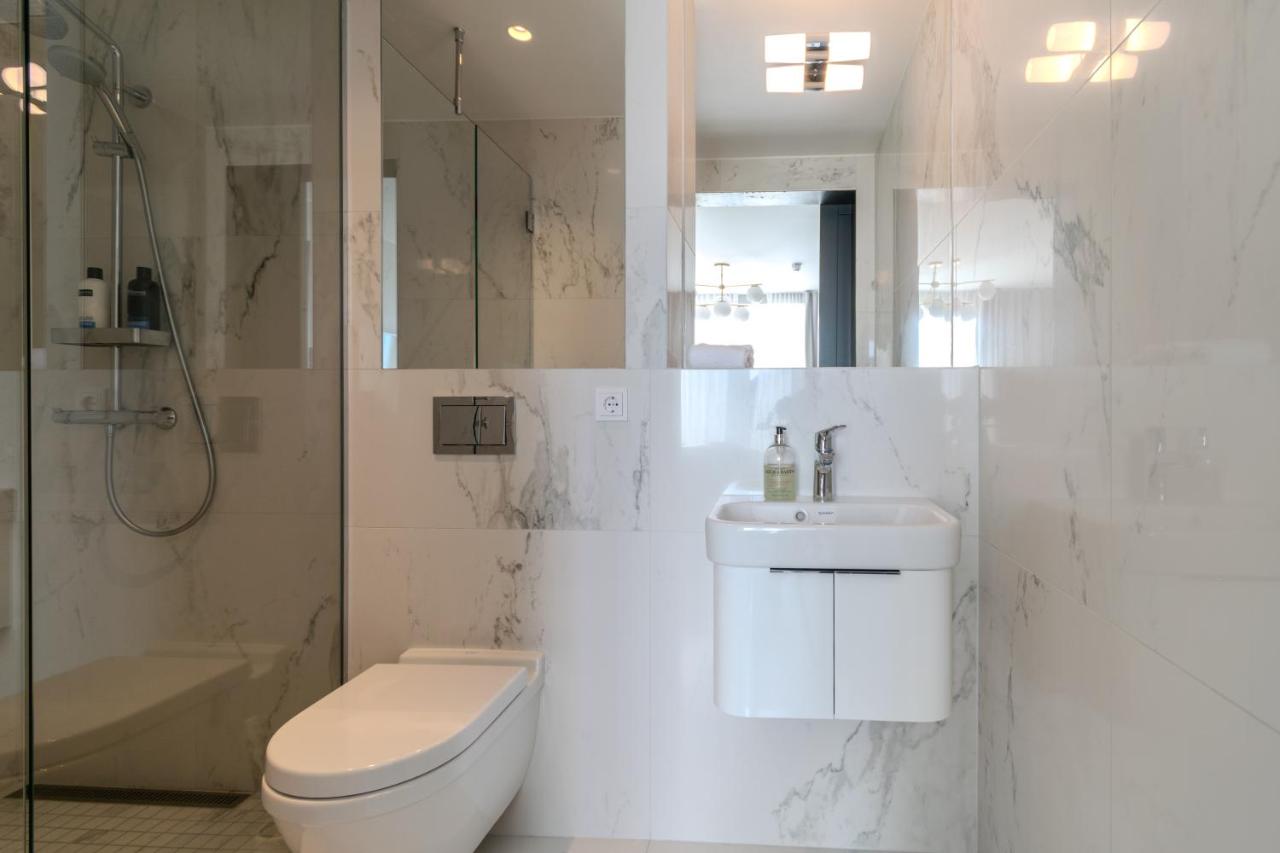
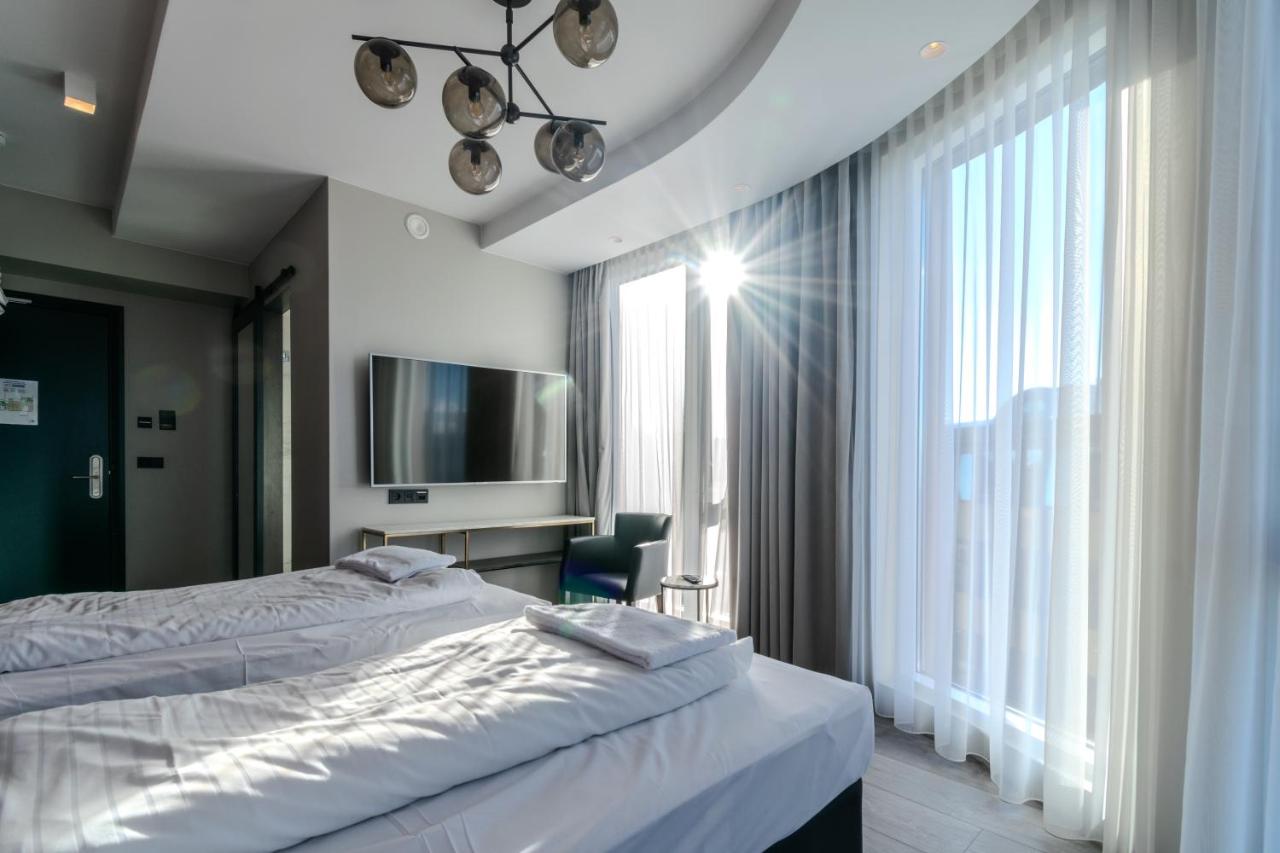

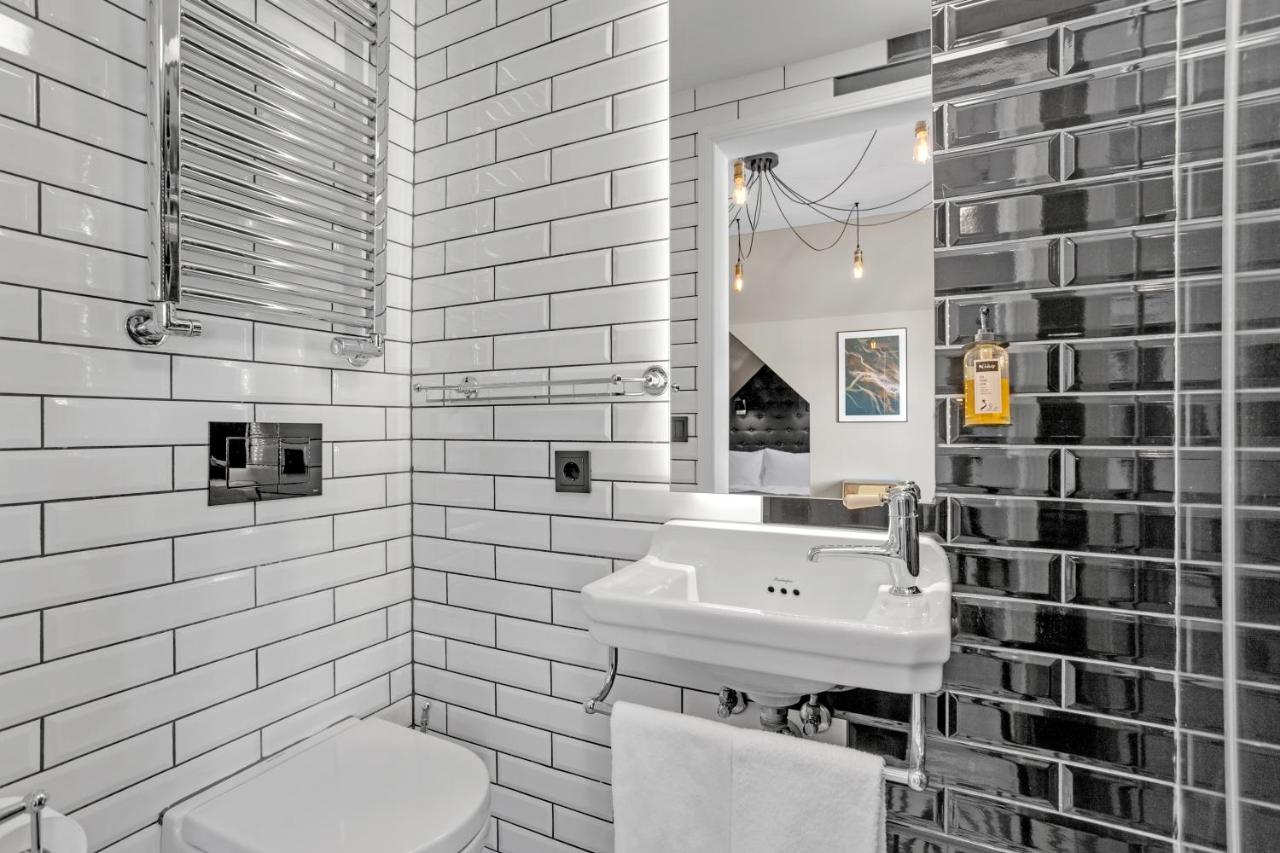



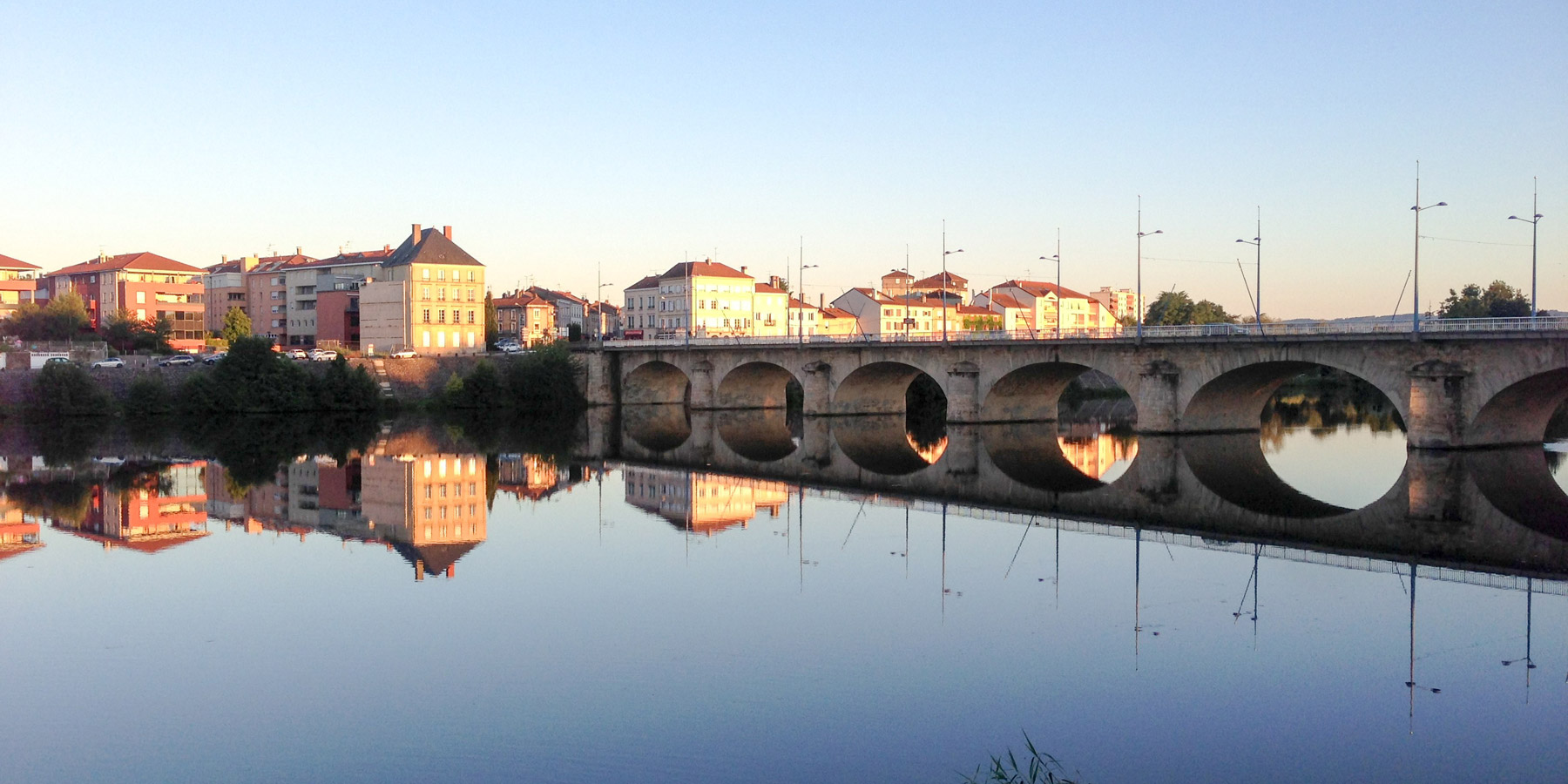

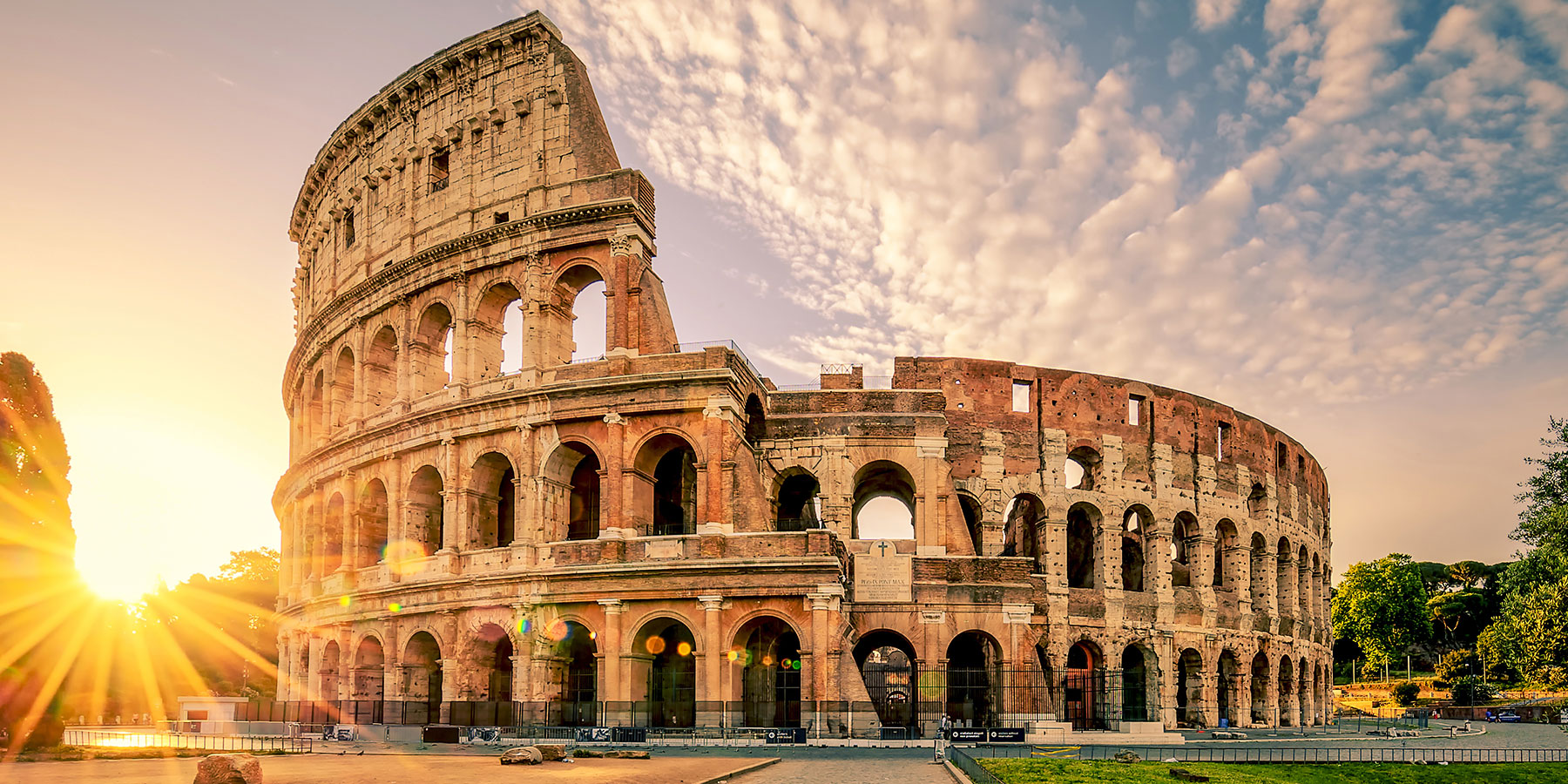
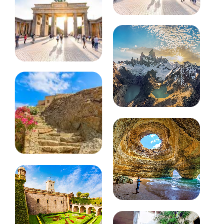

Comments